You're bidding on a great condition D-lite 2 studio flash kit made by Elinchrom. When they were released the photography magazines went nuts for this kit, as it provides precise, powerful light for a low price. This is a great kit for anyone with a home studio or interest in off-camera lighting, and is ideal for beginners and more experienced photographers. Here's a review from the British Journal of Photography that describes them as "arguably the best value entry-level flash heads on the market. They perform well by every measure and appear to be built to deliver many years of reliable service. They also offer features not usually found on budget models. I can highly recommend them." And here's another from Digital Camera Buyer, which describes them as "A top kit for the price: perfect for those looking for an uncomplicated entry-level kit to get themselves started." I've also found reviews by Master Photo and Image Maker.
The kit comes with everything you need to get started – 2 flash heads, 2 stands, 2 long power cords, 2 sync cables, 2 softboxes, the instruction manual, and a tutorial DVD. The kit packs away into two reasonably compact bags that are easy to store under the bed, in a cupboard, or the corner of your garage.
The flash heads are a joy to use – the main selling point is that they have a 5-stop range controllable in 1/10th of a stop increments – and the flashes have digital controller circuitry so they really are that precise (and they don't vary in colour either). They can either be triggered electrically or optically, have a modelling light (with three modes: minimum power, full power, or in proportion to the flash setting), and beep when they fire (and yes – you can turn this off if you find it annoying, like I do). The optical slaves are really good and there's no separate power pack, so you can use them anywhere you can run a cable to. They're rated at 200W/s so they've got plenty of power. The flash tubes and modelling lights are user-replaceable, and they've got a plastic protector that keeps them safe when not in use. As well as the softbox mounting socket they have a 7mm umbrella hole, and can be used with any of Elinchrom's range of accessories.
The softboxes have their own bags, and are reasonably easy to assemble (there's a knack to it). The bags have four support struts that sit in pockets in the corners of the black backing, with the other ends in holes in the softbox rings. It's a bit like making an umbrella. Once this is done you can attach it to the light, and the diffusion material attaches to the box with velcro. When not in use, you can dismantle it and store it flat. I'm not sure of the exact sizes but this D-Lite 4 kit comes with a 65cm x 65cm softbox and a 53cm x 53cm softbox, which sounds about right.
The stands are really solid too, with 3 telescoping sections that let you get a light up around 220cm if you want to. They have solid quick-release flaps and a standard lighting stud on the top.
While taking the photos for eBay I was reminded of just what a nice lighting kit this is, and was very tempted to keep it – but I rarely use this kit, favouring my other lighting equipment, and it should go to someone who's going to get more use out of it than I do. I think I've used this kit less than 10 times, so it's all in really good condition. There's only one flaw I know of – one of the tilt heads has a small crack in it (see picture below) but this doesn't affect its stability, and if it's a worry you can buy a replacement for £6.
In an ideal world you'd collect this kit in person – I'm a 2 minute walk from Old Street station, in London – but I'm willing to post it as well. You may have to wait a day or two before dispatch to give me time to find a large enough cardboard box and lots of bubblewrap, though. The kit weighs just over 9kg in total so postage won't be cheap, I'm afraid.
Anyway, enough talk – here's some pictures of the gear. You can click any of them to get a closer look.
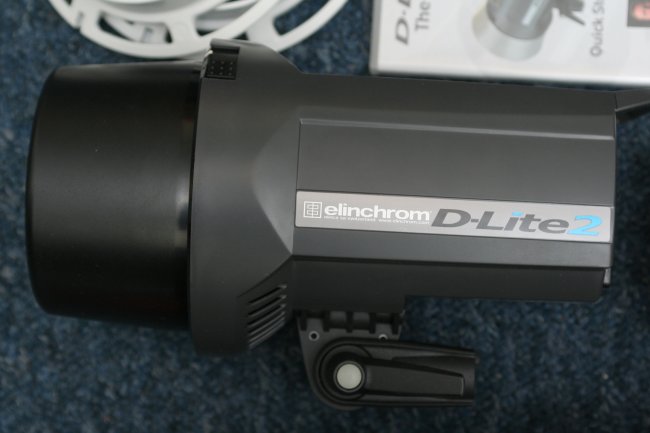
One of the D-Lite heads with its plastic protector keeping the flash tube
& modelling light safe.
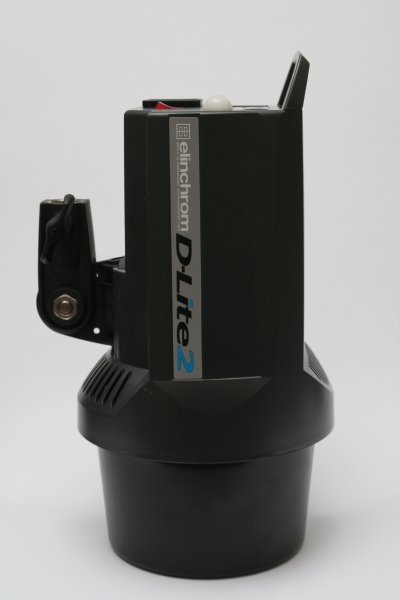
Another view of the flash. You can see the optical strobe (the white dome on the back) and the power switch.
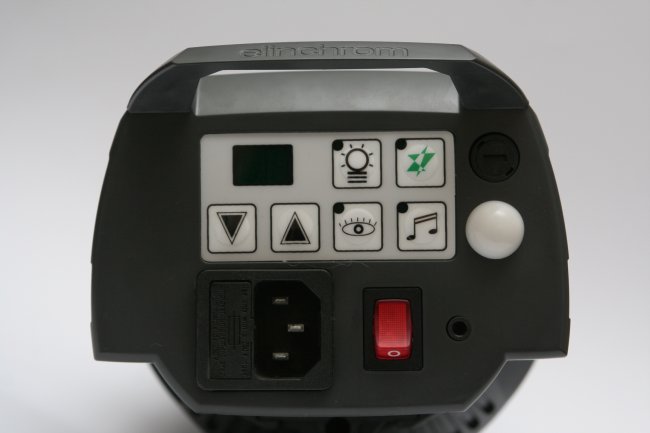
The rear panel of the flash. The top row buttons control the modelling light (left) and test-fire the flash (right). On the bottom row the two arrows control the power output, the eye button enables/disables the optical slave, and the musical note turns the "successfully fired" beep on and off. The black rectangle at the top left is the power indicator. On the right, there's a fuse behind the black circle and the white dome is the optical slave. Just below it, next to the power switch, is a socket that lets you trigger the flash by wire.
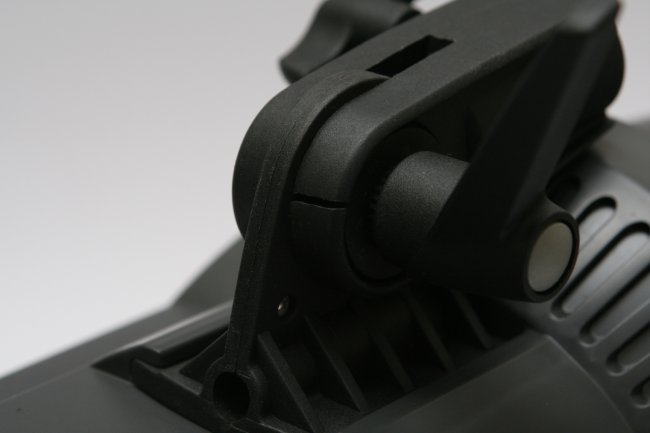
As I mentioned above, one of the flashes has a small crack in its stand mount. This doesn't affect the stability or security of the flash head, but if it worries you you can replace this part for less than £6.
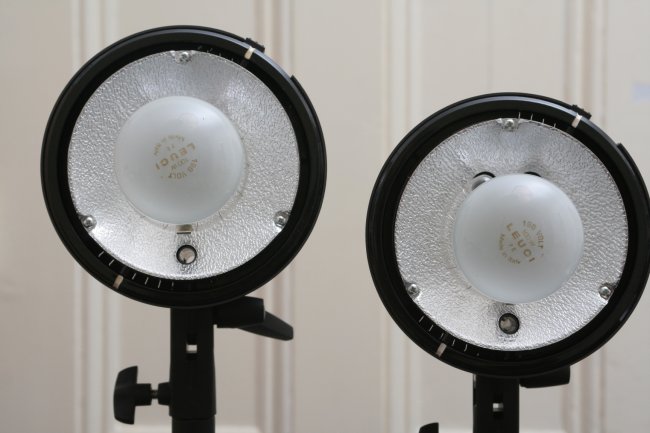
Here are the two flash heads on the stand – you can see their umbrella sockets under the modelling lights.
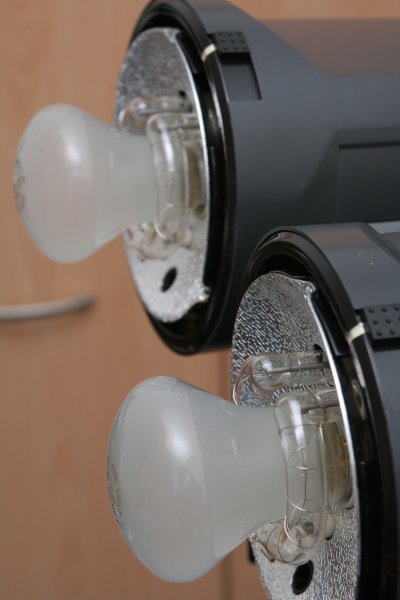
And here's a view of the modelling lights and the flash tube. Don't touch these – grease from your skin will shorten their lifespan.
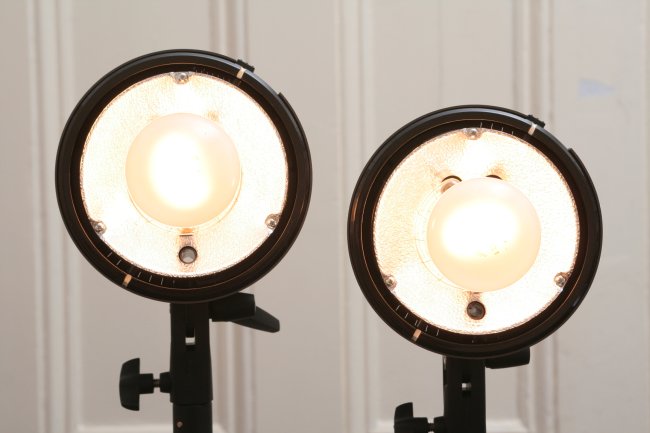
Here's a view of both modelling lights illuminated...
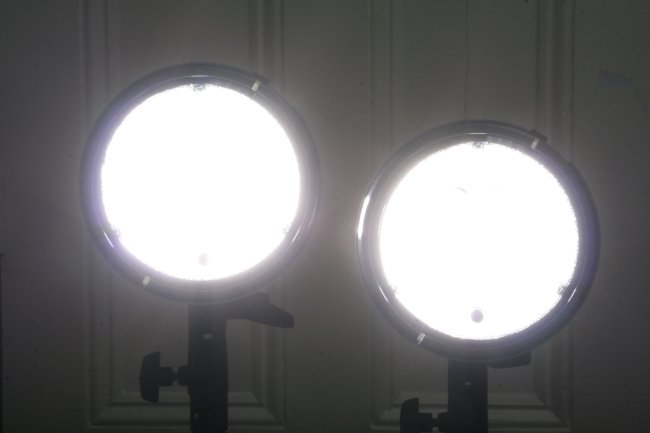
And here's one where both units flash.
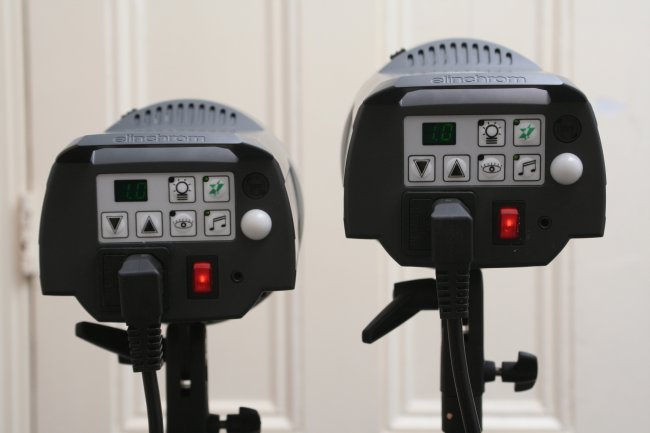
Here's a view of the back of the flash units when both are powered on. It's worth looking at the bigger view to see the indicators; they don't show up well in this photo because I'm using flash to light the room. In reality, each mode toggle has a bright green indicator light and the power panel is bright and clear too. When powered on the power switches light up in red.
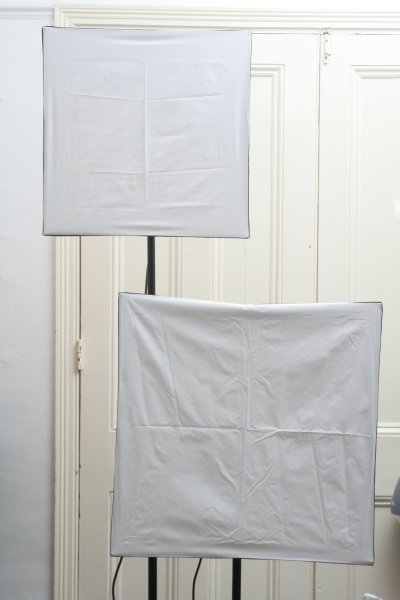
The softboxes, assembled on their stands. You could iron the creases out if you wanted but they don't affect the light (see below).
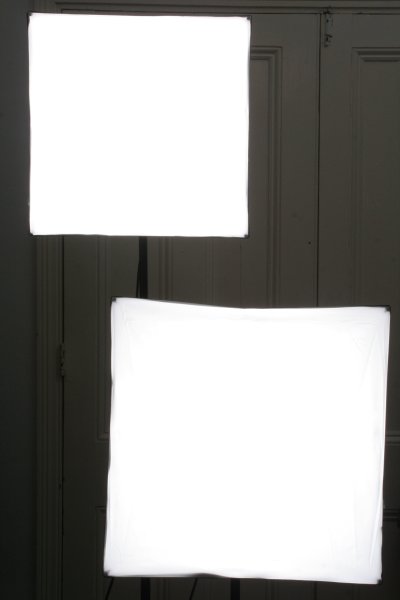
Here's a picture of both softboxes lit by flash. As you can see, you get a wonderfully even, diffuse light from these.
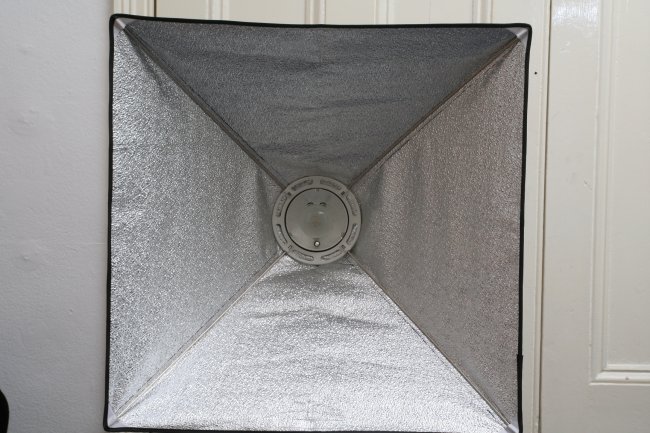
Interior of softbox one...
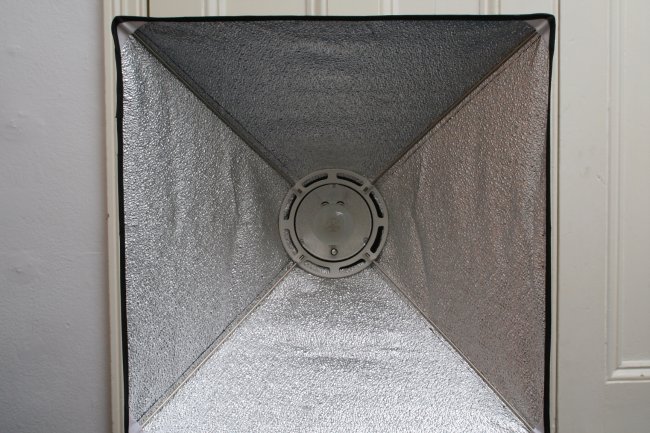
And interior of softbox two (the smaller one). They look similar sizes because I filled the frame in both pictures, but compare the size of the speedring in both pics to get an idea of the scale.
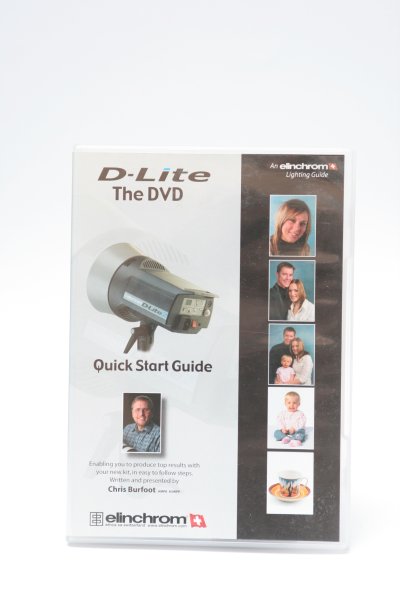
The instructional DVD that helps you get started with these lights.
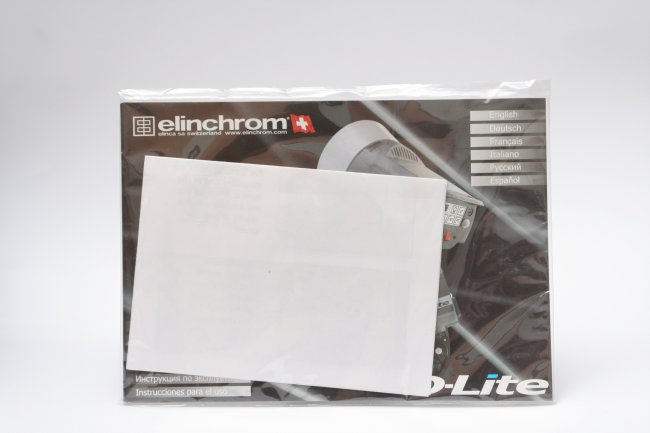
The instruction manual for the lights.
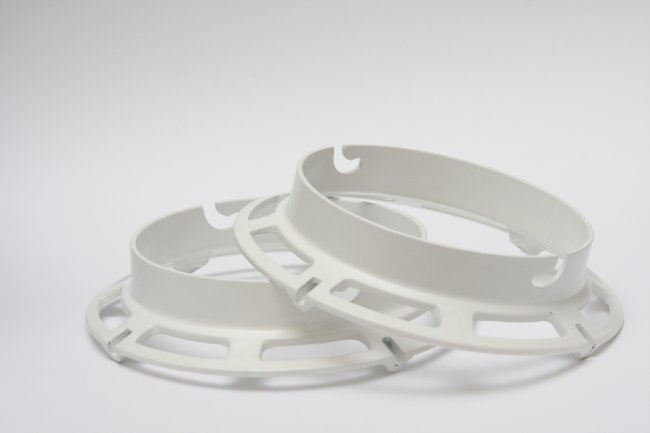
The softbox mounting rings – these support the softbox and attach it to the flash heads.
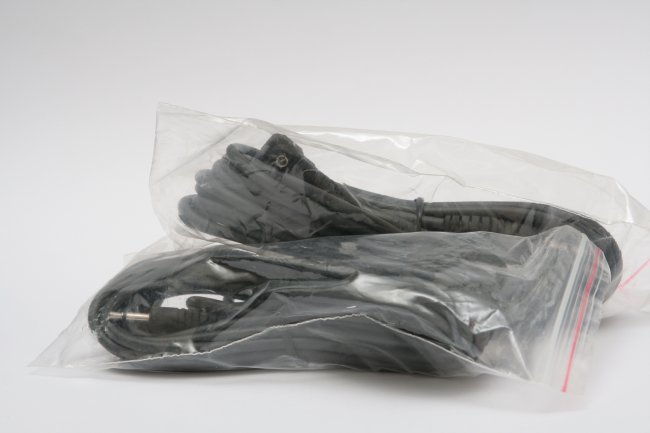
The sync cables – they have a 3.5mm plug on one end (for attaching to the flash) and a PC plug on the other end for attaching to your camera. I always triggered the flashes optically, so these are brand new.
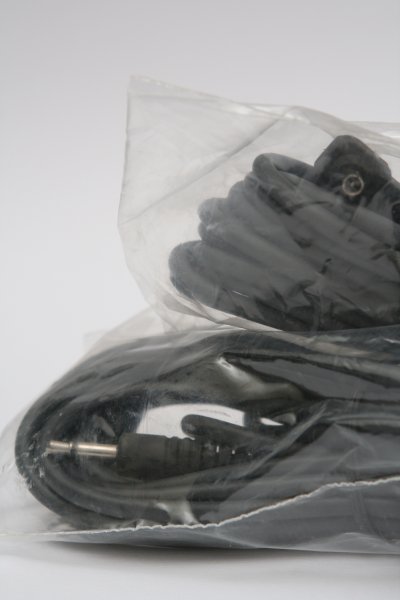
A close-up view of the connectors.
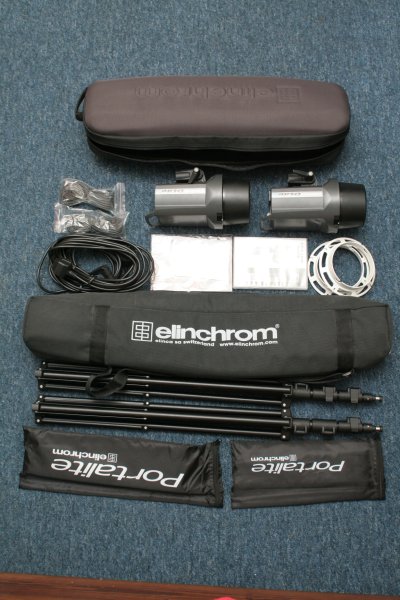
And finally the complete kit, laid out on my floor.
If you have any questions please feel free to ask them, whether they're about the lights themselves or how best to use them. I could talk for hours about off-camera lighting. I'm also selling a bunch of other stuff so please do check out my other eBay items as I'm happy to combine postage.
Happy bidding!


















